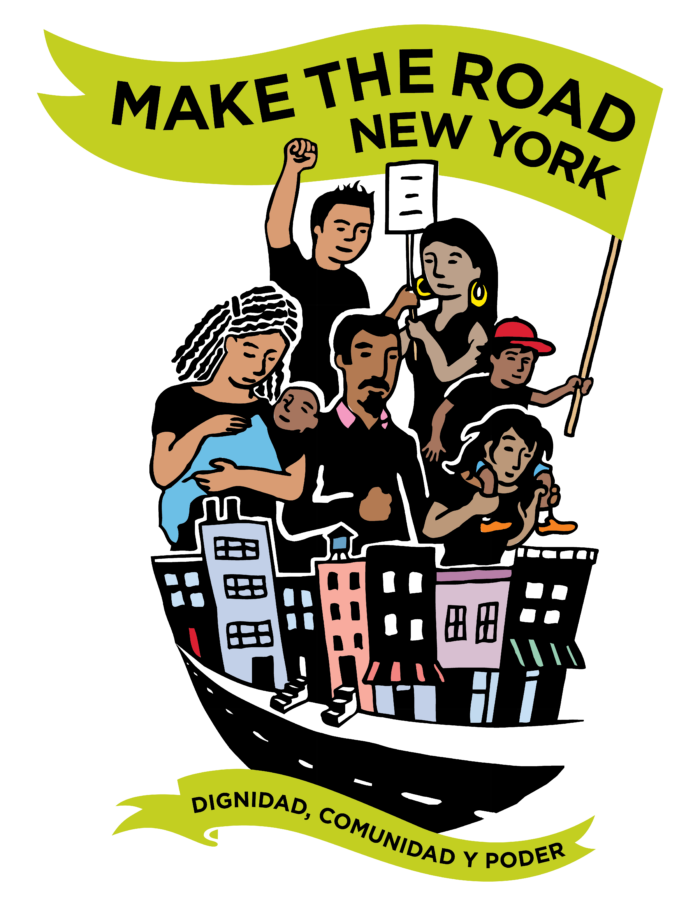Will it be a repeat of what Mayor Bloomberg called a royal screw-up even as voters were still casting, or trying to, their ballots under the new voting system acquired by the city at a cost of some $100 million (when related services and materials besides the scanners are included)?
Only some 400,000 voters turned out for the Sept. 14 primary election.
They encountered a myriad of problems, from hard-to-read ballots and a lack of magnifying sheets with which to read them to a poorly trained or untrainable small army of more than 35,000 poll watchers (mostly picked by political clubs), many of whom violated the secrecy part of a secret ballot or showed up late, as well as new scanners that jammed as voters tried to feed their ballots into them, etc., etc.
The myriad problems, compounded by alleged ballot hanky-panky, led to the unheard-of firing of the Board of Elections executive director, George Gonzales, just seven days before the election.
So what will tomorrow bring?
Id be shocked if after all the negative publicity, [the] poll sites suffered the same magnitude of problems as on Primary Day," offered Neal Rosenstein, voting coordinator for the New York Public Interest Research Group. Im hopeful.
Read on…There have been actions taken by the Board that could reduce the problems:
– Some 4,500 cops who will be assigned to some 1,300 polling sites during the day (in two sifts) are to show up at 5 a.m. to help open polling places before the 6 a.m. start of voting. In the primary, as was customary, the cops did not report until 5:30 a.m. Their duties, besides delivering keys to school sites, include keeping order during the day and being on hand when the polls close so they can deliver results to their respective precincts or other locations.
– School custodians are also supposed to be on hand starting at 5 a.m. to open polling sites located in schools.
– Untrained poll workers, or those who failed their training tests, will not be assigned to work unless theyve received the training and passed tests.
– Polling site coordinators have received additional instructions on proper procedures and the need for more privacy by voters as they fill-in the ovals on their paper ballots and feed them through the counting scanners.
– Problems that caused ballots to jam in the machines have been addressed either with corrective actions or procedures. For instance, voters were handed paper ballots which were torn out, one by one, from a package of 100 ballots held together at the top with three staples. As the election workers got deeper into the stack of ballots, a hard stub formed on top, making it harder to rip out each ballot, and often tearing it slightly at the top. The torn ballots then jammed in the scanners. The ballots will now come in a package of 50 and be held together at the top by just two staples, which should make for removing them easier and less likely to cause rips and jammed scanners.
It makes perfect sense, said Rosenstein. its a example of the learning curve that weve had to experience from using new voting machines.
Whether the fixes will actually ease the possible problems will be, as they say of election results, the only poll that counts.
Mayor Bloomberg has also assigned his vaunted 311 information hotline to supplement the boards own voter hotline (1-866-VOTE-NYC or TTY-212-487-5496.) Previously, 311 merely automatically linked callers to the boards site. This time, 311 will monitor what happens to the calls and put out preliminary information on problems on its NYC.Gov website.
The City Council and good-government groups are also teaming up to conduct a survey of city voters as they leave some of the poll sites to question them on their voting experience. Volunteers for participating groups will ask ten brief questions of votes, taking about three to four minutes of their time, including: did you find the ballot difficult to read or confusing?, did poll workers offer you a privacy sleeve/folder for your ballot to protect your privacy?, did you insert the ballot into the scanner on your own?, and overall how would you compare todays experience to that in the primary?
The Board of Elections had provided only partial information on problems encountered in the primary, and did so grudgingly. The poll organized by Councilwoman Gale Brewer (D-Manhattan), who chairs the Governmental Operation Committee, should provide a quicker and more independent (if not as complete) picture of what happened in the general election.
Participating in the survey are volunteers for NYPIRG, Citizens Union, the League of Women Voters, Make the Road by Walking and the Center for the Independence of the Disabled.
In a statement, the board said, The Board of Elections and the City Council share a common goal – to have a problem-free Election for the voters of New York. The Board is focused on taking all necessary steps to achieve the goal of a smooth Election, both today and in the future, and welcome any voter feedback. We encourage voters to report any Election Day issues through our hotline at 866-VOTE-NYC.
